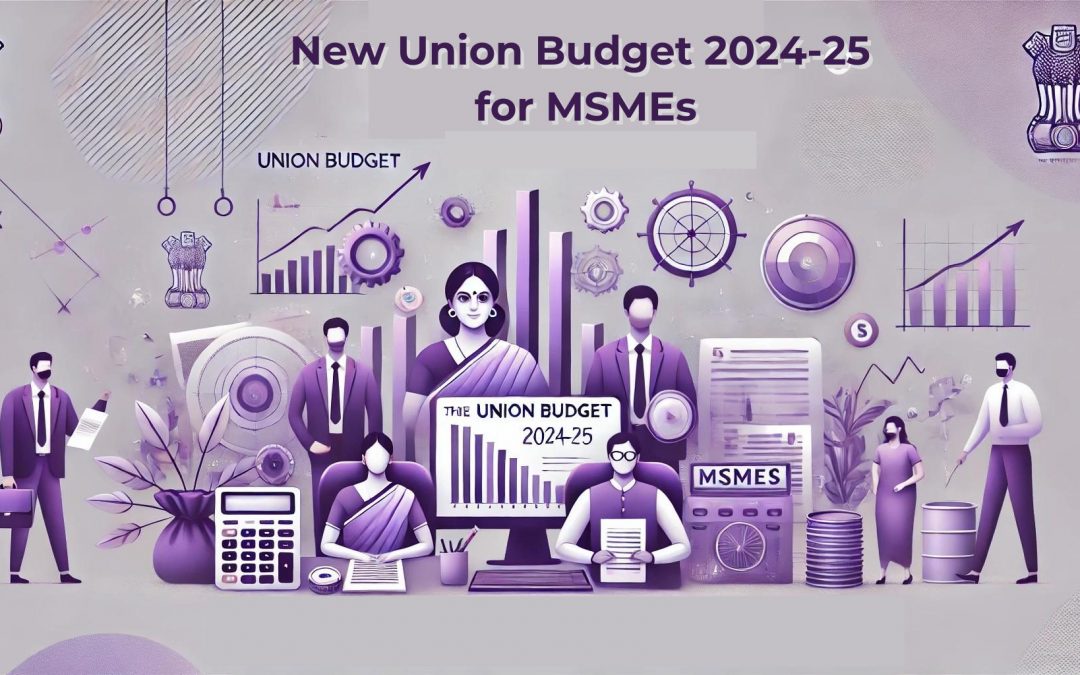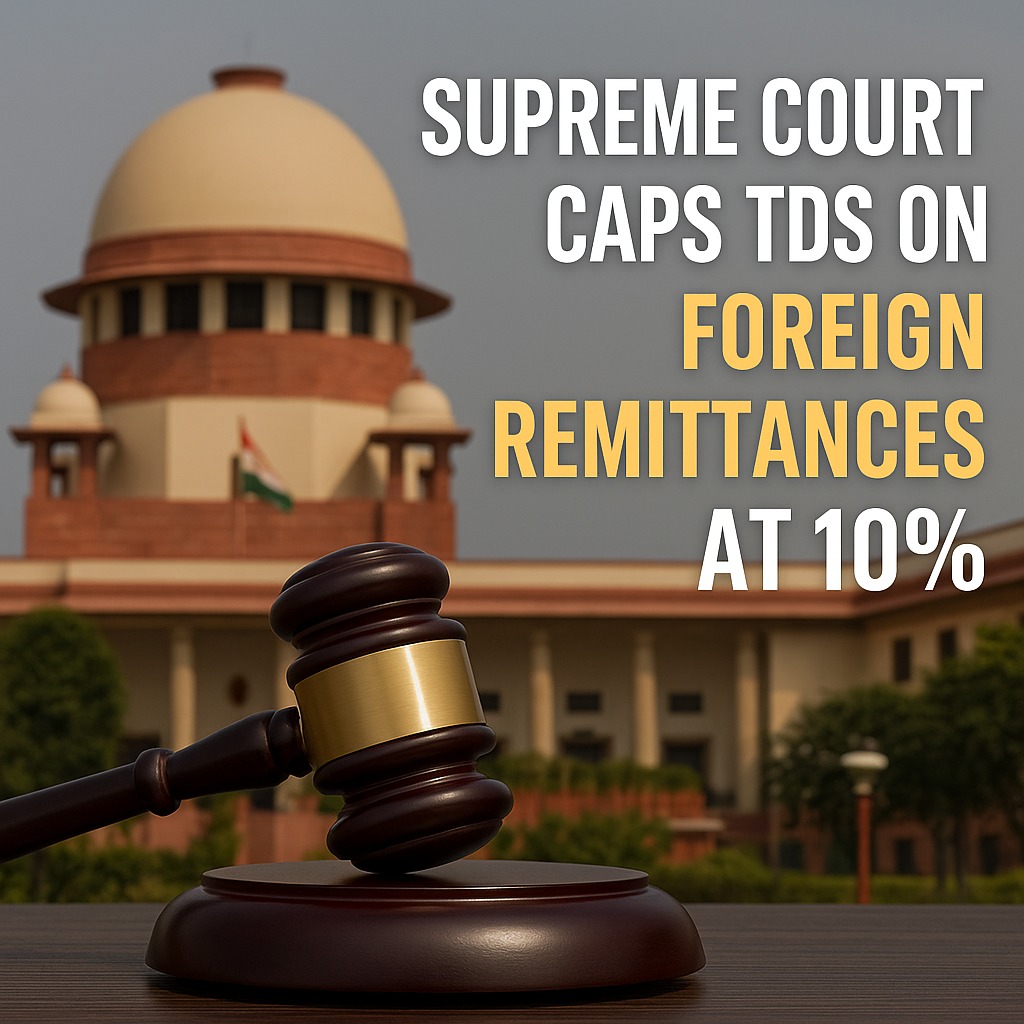 WhatsApp
WhatsApp
 Call Us
Call Us
 Email Us
Email Us
 Whatsapp Community
Whatsapp Community

In Budget 2024, Finance Minister Nirmala Sitharaman announced a new credit assessment model for MSMEs. Public sector banks (PSBs) will now develop in-house capabilities to evaluate small businesses for credit, based on their digital footprints, instead of relying on external assessments.
Experts believe that this new model will improve traditional credit eligibility assessments, which often depend on asset or turnover criteria. By leveraging digital footprints, PSBs can more accurately evaluate an MSME’s creditworthiness, ensuring deserving businesses receive appropriate financing.
Public sector banks will take the lead in creating this new credit assessment model, building their in-house capabilities to evaluate MSMEs. This approach will help banks better understand the financial health and operations of small businesses, reducing the risks of under-financing or over-financing.
Traditional methods often involve external assessments and data from credit monitoring arrangements (CMAs). These approaches can lead to inaccuracies, resulting in either under-financing or over-financing MSMEs, which can hinder their growth and sustainability.
The budget also introduced a mechanism to offer credit support to MSMEs during stress periods, particularly when they are in special mention accounts (SMA) due to circumstances beyond their control. This support will help MSMEs maintain operations and avoid becoming non-performing assets (NPAs).
MSMEs often face cash flow fluctuations due to delayed customer payments, seasonal variations, and macroeconomic changes. Extending the categorization period from 90 days to 180 days could provide more breathing room, allowing MSMEs to manage their finances better and avoid loan defaults.
Extending the categorization period would remove the stigma of high-risk lending associated with MSMEs and encourage greater participation from financial institutions. This would provide more stability to MSMEs, helping them manage cash flow issues more effectively.
The new mechanism ensures that MSMEs can access necessary credit to continue operations and avoid slipping into the NPA stage. However, additional protections are needed to shield MSMEs from insolvency proceedings under the Insolvency and Bankruptcy Code (IBC).
To truly safeguard MSMEs, it is essential to integrate in-house credit assessment capabilities with robust support mechanisms during stress periods. This holistic approach will enhance the financial ecosystem for MSMEs, fostering growth and sustainability in this vital sector of the economy.
The new credit assessment model and NPA shield initiatives aim to provide immediate relief and long-term stability to MSMEs. By improving credit evaluation accuracy and offering support during stress periods, these measures will significantly strengthen small businesses, driving economic growth and development.







Stay in the loop, subscribe to our newsletter and unlock a world of exclusive updates, insights, and offers delivered straight to your inbox.